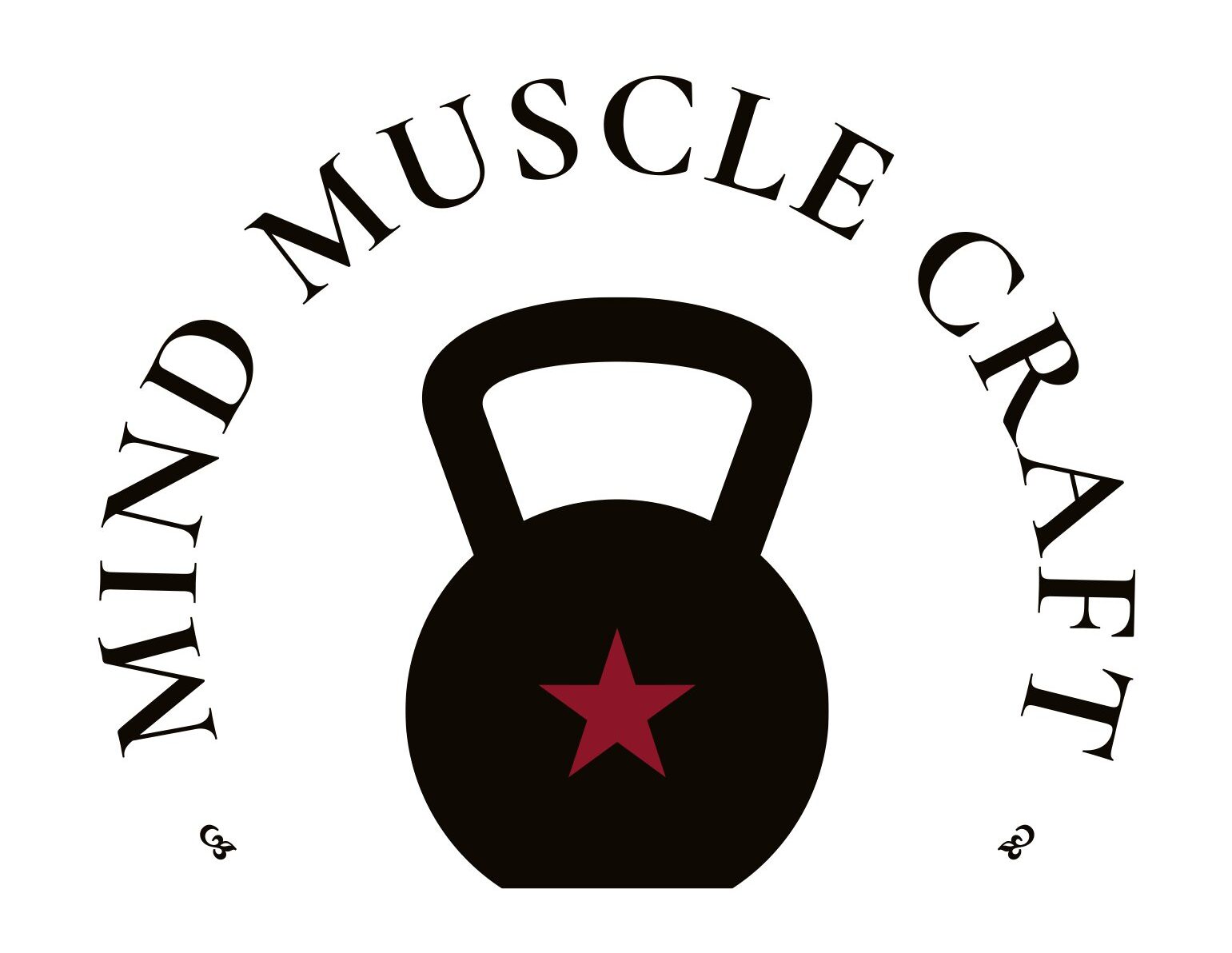Understanding Postural Kyphosis and Effective Exercises for Improvement
Kyphosis refers to an excessive outward curvature of the spine, resulting in a rounded or hunched back. This condition primarily affects the thoracic spine, leading to noticeable rounding of the shoulders. Kyphosis can manifest in various forms, including postural kyphosis, Scheuermann’s kyphosis, and congenital kyphosis. In this discussion, our focus centers on Postural Kyphosis:
Postural Kyphosis: This is the most common type and is often associated with poor posture. Typically observed in adolescents and young adults, postural kyphosis is reversible with proper exercises and postural correction. Factors such as poor ergonomics, prolonged sitting, and inadequate muscular support contribute to its development. Individuals with static work postures, whether seated at desks, driving, or engaging in activities that involve craning the head, often display kyphotic spines. In many cases, forward head posture accompanies kyphosis, highlighting the need to address associated muscle imbalances.

Muscle Lengths Associated With a Kyphotic Posture:
- Shortened muscles: Muscles subjected to prolonged periods of contraction without adequate stretching may become shortened.
- Pectoralis major
- Pectoralis minor
- Rectus abdominis
- Iliocostalis thoracis
- Lengthened muscles: Muscles not regularly engaged through exercise may become lengthened and lose tone.
- Middle and lower fibers of trapezius
Treatment and Exercises: Treatment for kyphosis depends on its cause and severity. For postural kyphosis, exercises aimed at strengthening spine-supporting muscles and stretching shortened tissues, such as the pectorals, are recommended to improve posture. In more severe cases or when associated with other conditions, bracing or surgical intervention may be considered.
Recommended Exercises:
- Thoracic Extension Stretch:
- Stand or sit with your back against a wall.
- Place a foam roller or a rolled-up towel at the mid-back level.
- Gently lean back, allowing your upper back to arch over the foam roller.
- Hold for 15-30 seconds, focusing on opening up the chest.
- Pectoralis Stretch:
- Stand in a doorway with your arms at a 90-degree angle on the door frame.
- Gently lean forward, feeling a stretch across the chest.
- Hold for 15-30 seconds, keeping the stretch comfortable.
- Chin Tucks:
- Sit or stand with your spine straight.
- Tuck your chin to your chest without flexing your neck.
- Hold for a few seconds, then release.
- Repeat 10-15 times to strengthen the muscles at the back of your neck.
- Scapular Squeezes:
- Sit or stand with your arms at your sides.
- Squeeze your shoulder blades together, as if you’re trying to hold a pencil between them.
- Hold for 5-10 seconds, then release.
- Repeat 10-15 times to strengthen the muscles between your shoulder blades.
- Seated Rows:
- Sit on the floor with your legs extended.
- Loop a resistance band around your feet and hold the ends with your hands.
- Pull the band toward your chest, squeezing your shoulder blades together.
- Release slowly and repeat for 10-15 repetitions.
- Prone Ys and Ts:
- Lie face down on an exercise mat.
- Lift your chest off the ground and extend your arms in a Y or T shape.
- Hold for a few seconds, then lower down.
- Repeat 10-15 times to strengthen the upper back muscles.
- Cat-Cow Stretch:
- Start on your hands and knees in a tabletop position.
- Inhale, arch your back, and lift your head (cow position).
- Exhale, round your back, and tuck your chin to your chest (cat position).
- Repeat for 10-15 repetitions to mobilize the spine.
- Child’s Pose:
- Kneel on the floor with your big toes touching and knees apart.
- Sit back on your heels, reaching your arms forward and lowering your chest to the floor.
- Hold for 30 seconds, feeling a stretch in your back and shoulders.
Consistency is key when performing these exercises. Start gradually, and if you experience pain or discomfort, stop and consult with a professional. Combining these exercises with overall physical activity, such as regular walking and general strength training, can contribute to improved posture and a healthier spine.


Recent Comments